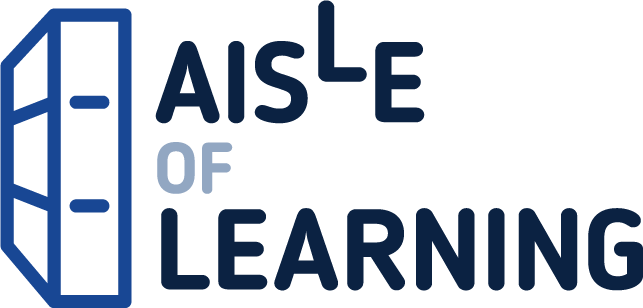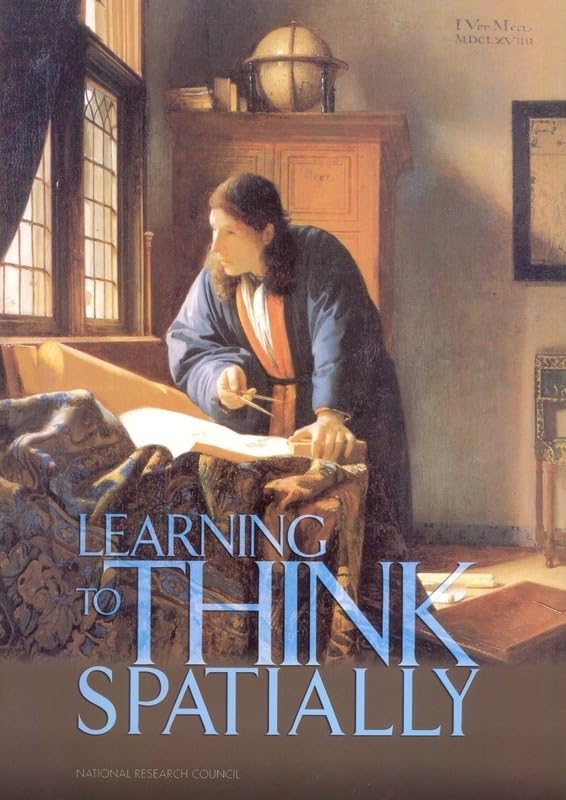Learning to Think Spatially examines how spatial thinking might be incorporated into existing standards-based instruction across the school curriculum. Spatial thinking must be recognized as a fundamental part of K-12 education and as an integrator and a facilitator for problem solving across the curriculum. With advances in computing technologies and the increasing availability of geospatial data, spatial thinking will play a significant role in the information-based economy of the twenty-first century. Using appropriately designed support systems tailored to the K-12 context, spatial thinking can be taught formally to all students. A geographic information system (GIS) offers one example of a high-technology support system that can enable students and teachers to practice and apply spatial thinking in many areas of the curriculum.
Learning to Think Spatially
$42.91
This book teaches students about spatial thinking, a fundamental skill for problem-solving across various K-12 subjects.
Additional information
| Weight | 0.816 lbs |
|---|---|
| Dimensions | 18 × 1.8 × 25.3 in |






Reviews
There are no reviews yet.